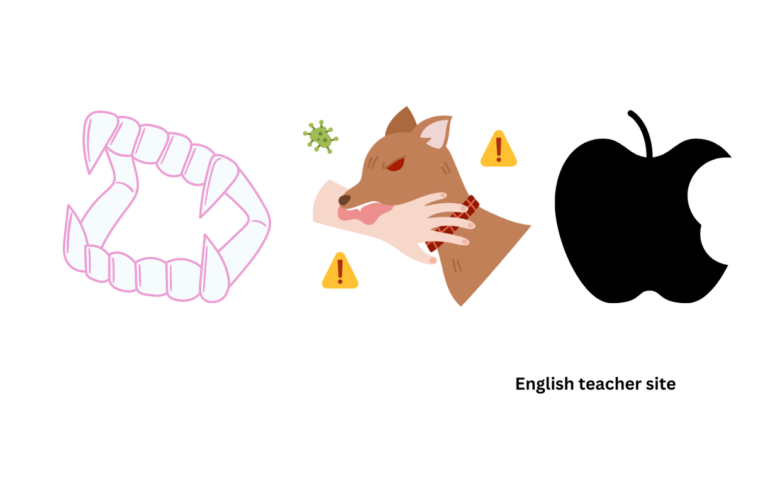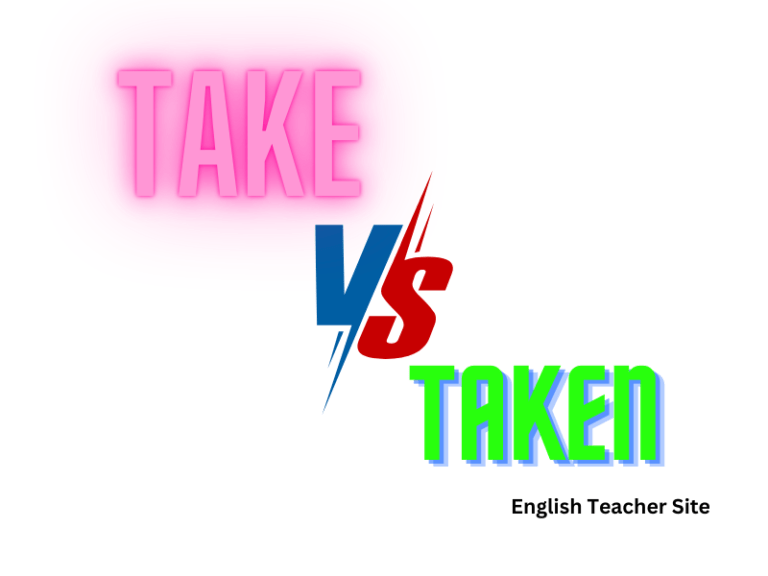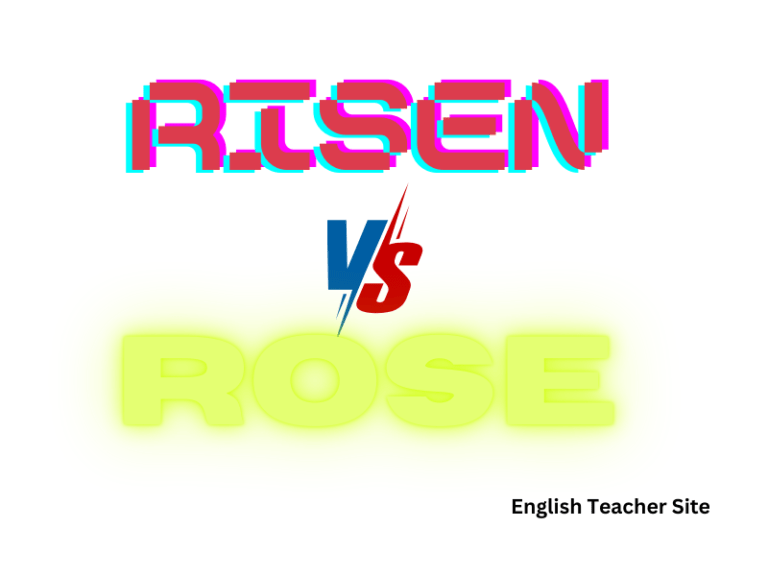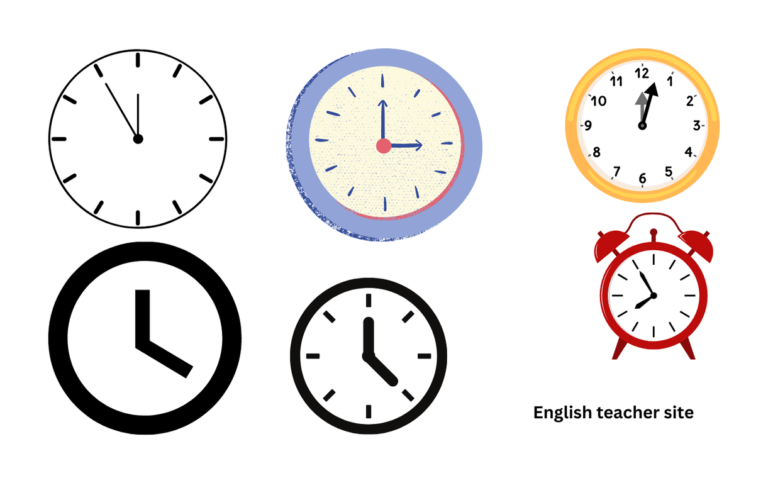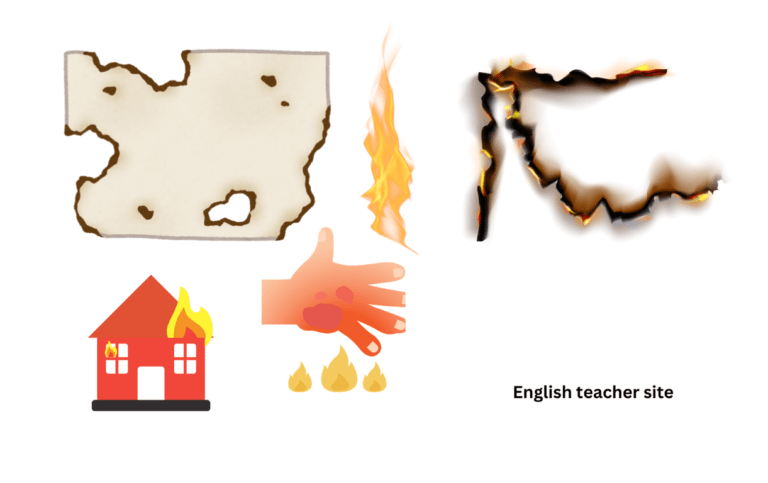Whats the Past Tense of Bleed: Unveiling the Correct Usage
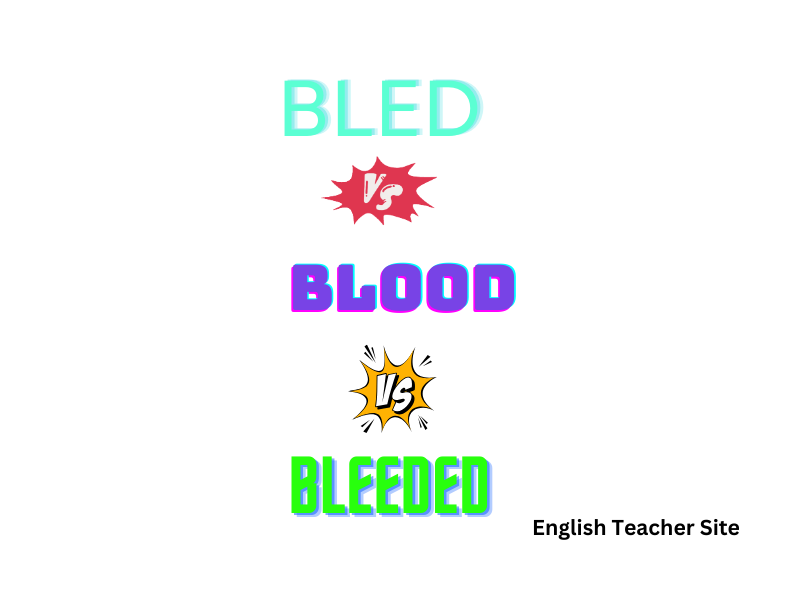
- ‘Bleed‘ is an irregular verb with ‘bled’ as its past tense.
- Regular verbs add –ed for past tense, but ‘bleed’ becomes ‘bled’.
- Knowing verb forms is crucial for correct grammar in writing and speech.
The verb ‘bleed’ is an irregular verb, which means it does not conform to the typical patterns of conjugation. In the case of ‘bleed’, the correct past tense form is ‘bled’. Unlike regular verbs, where the past tense is formed by adding -ed to the base verb, ‘bled’ does not follow this convention. It is crucial to understand the distinction between regular and irregular verbs to use them correctly in sentences.
What’s the Past Tense of Bleed: Blood, Bleeded, Bled
When discussing the past tense of the verb “bleed,” there is a clear correct form among commonly misunderstood variations. The section below will clarify the correct usage.
Exploring the past tense forms of “bleed” & common variations
The verb “bleed” has one accepted past tense and past participle form: “bled.” Misconceptions often arise with the nonstandard variants “blood” and “bleeded.” “Blood” is the substance that circulates in the arteries and veins, carrying oxygen to and removing waste from the cells, and is not a form of the verb. The construction “bleeded” is sometimes mistakenly used but it is not recognized as correct in standard English. Therefore, the only appropriate past forms of “bleed” are as follows:
- Simple Past: “He bled when he cut his finger.”
- Past Participle: “She has bled enough for the medical test.”
Comparatively, here’s a non-exhaustive list of incorrect vs correct forms:
- Incorrect: “He blood from the wound.”
- Correct: “He bled from the wound.”
- Incorrect: “She bleeded after the surgery.”
- Correct: “She bled after the surgery.”
The Gist: Forms of Bleed
It is essential to understand these forms to use the verb correctly in both written and spoken communication.
In the present tense, the verb is “bleed.” This form is used to express a current or habitual action, such as “He bleeds when he gets a cut.”
The past tense of “bleed” is “bled,” a deviation from regular verb patterns, which typically end in -ed. For example, “He bled after the injury.”
The past participle form is also “bled” and is used in perfect tenses. For instance, in the sentence “She has bled significantly,” “bled” functions as the past participle.
The verb’s base form or infinitive is “to bleed,” often used with modal verbs or as a subject complement.
Below is a summary table of the verb forms:
| Tense | Verb Form |
|---|---|
| Base Form | to bleed |
| Present | bleed |
| Past | bled |
| Past Participle | bled |
It is also worth noting the usage in continuous tenses; for example, “He is bleeding,” demonstrates the present continuous form.
Is Bleed a Regular or Irregular Verb?
When discussing the past tense of “bleed,” one must determine whether it falls under the regular or irregular verb category.
Categorizing Verb Type
“Bleed” is an irregular verb. Regular verbs typically follow a predictable pattern, such as adding “-ed” to form the past tense. Examples include “walk” becoming “walked” or “look” transitioning to “looked.” Irregular verbs, however, do not obey this pattern and require memorization of their unique forms.
In the case of “bleed,” the past tense is not “bleeded” but “bled.” Irregular verbs like “bleed” demonstrate an alteration of the internal vowel, known as vowel gradation, which is common in the English language. The variations “bleed, bled, bled” for the present, simple past, and past participle forms respectively are a distinct characteristic of its irregular verb nature.
Bled: Simple Past vs. Past Participle
When discussing the past tense forms of the verb “to bleed,” it’s important to differentiate between the simple past and the past participle since they can often be confused.
Simple Past:
- Usage: The simple past form “bled” describes an action that was completed in the past.
- Example: Yesterday, she bled when she cut her finger.
Past Participle:
- Usage: The past participle form, also “bled,” is used in perfect tenses and may require an auxiliary verb.
- Example: She has bled quite a bit from the injury.
| Tense | Example Sentence |
|---|---|
| Simple Past | “He bled on the fabric, staining it.” |
| Present Perfect | “The patient has bled a significant amount.” |
| Past Perfect | “By the time the doctor arrived, he had bled heavily.” |
While “bled” remains the same in both uses, its function within sentence structure changes. In the simple past, “bled” stands alone as the main verb, whereas in perfect tenses, it is part of a verb phrase that includes an auxiliary verb like “has” or “had.”
Sentences with Bleed in the Present Tense
When discussing the verb “bleed” in the present tense, it refers to a current action or a general statement of fact. Here are examples of “bleed” used in sentences in the present tense:
- “He bleeds when he gets a paper cut.”
- “She often bleeds during intense workouts.”
- “It bleeds less if you apply pressure.”
The following table illustrates the verb “bleed” in various present tense forms:
| Subject | Sentence Example |
|---|---|
| I | I bleed whenever I brush my teeth too hard. |
| You | You bleed too much; you should see a doctor. |
| He/She/It | He bleeds easily because of his medication. |
| We | We bleed for the cause we believe in. |
| They | They bleed green when it comes to environmental issues. |
In a grammatical context, verbs like “bleed” are often used in their infinitive form “to bleed” as an expression:
- “To bleed is a natural response to an injury.”
Use the verb “bleed” with singular nouns or pronouns by adding an “s” to form the third person singular, as in “she bleeds.” For first and second person singular, as well as all plural cases, the verb remains in its base form, “bleed,” as in “they bleed” or “you bleed.”
Sentences with Bled in the Past Simple Tense
When constructing sentences in the past simple tense, particularly with the verb “to bleed,” the correct past tense form is “bled.” This form is utilized for actions that were completed in the past. Here are some instructive examples:
- First-person singular: I bled after tripping over a stone.
- Second-person singular: You bled during the dental procedure.
- Third-person singular: She bled more than expected after the operation.
- First-person plural: We bled through the bandages quickly.
- Second-person plural: You all bled during the hike because of the thorns.
- Third-person plural: They bled from the scratches inflicted by the cat.
In these sentences, “bled” is used without auxiliary verbs, indicating actions in the simple past. This form remains the same regardless of the subject pronoun preceding it.
Examples of Bled as a Past Participle
In English grammar, the term “past participle” refers to a specific verb form used in perfect and passive tenses. The word “bled” is the past participle form of the verb “bleed.” It is an irregular verb, meaning it does not follow the standard pattern of adding “-ed” to create its past forms. Instead, “bleed” changes its form to “bled” for both the simple past tense and the past participle.
Correct Usage in Perfect Tenses:
The past participle “bled” is commonly utilized in various perfect tenses. Here are some examples properly formatted using “bled” in the present perfect tense:
- He has bled enough for the cause.
- She has bled during the procedure.
Similarly, in the past perfect tense, “bled” is used as follows:
- They had bled before help arrived.
- It had bled extensively by the time the veterinarian arrived.
In the present perfect continuous and past perfect continuous tenses, “bled” appears as the past participle in conjunction with “been” and “bleeding”:
- He has been bleeding since the accident, and a lot of blood has been lost.
- She had been bleeding for a while before she received medical attention.
Examples in Passive Constructions:
“Blood has been donated by thousands of volunteers” highlights the usage of “bled” as a past participle in a passive sentence.
The versatility of “bled” in both simple and perfect constructions demonstrates its importance in conveying events related to “bleed” across different temporal contexts, proving it to be an essential part of English verb conjugation.
Origin of the Word Bleed
Bleed, a word commonly used to describe the loss of blood, has a rich history rooted in the English language. It originates from the Old English word bledan, which means “to emit blood” whether from the body or from a blood vessel. This term is tied to the Proto-Germanic *blodjan, suggesting a similar meaning.
The anatomy of the word can be broken down into its Proto-Indo-European roots as well. The base *bhlo-to- signifies “to swell or gush,” which is reflective of the action of bleeding. Throughout the centuries, “bleed” has maintained its core meaning but has also expanded metaphorically; it is now used to describe situations where something is losing a resource or quality, much like how a body loses blood.
The past tense of “bleed” — bled — has also developed from these ancient roots. It is thought that the transition from “bleed” to “bled” followed the typical pattern of the Old English language where a vowel change signaled the past tense (a process known as ablaut).
Scholars have traced the application of “bled” for both the past simple and past participle forms. It stands as a testament to the linguistic process where languages evolve and simplify over time. In contrast, “bleeded” is not considered grammatically correct in any historical or modern context.
Source
For those interested in the etymology of this word, additional details can be found in resources covering the etymology of “bleed” by etymonline.
My name is Khamis Maiouf. I am the creator of the English Teacher Site, dedicated to providing valuable resources and insights for students around the world. With a passion for education and a commitment to helping students enhance their skills, I aim to make English teaching more effective and enjoyable for both educators and students.


